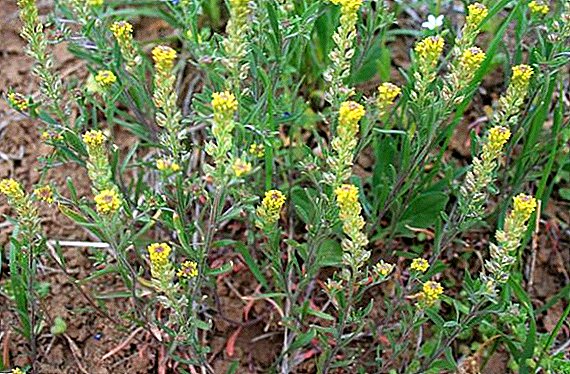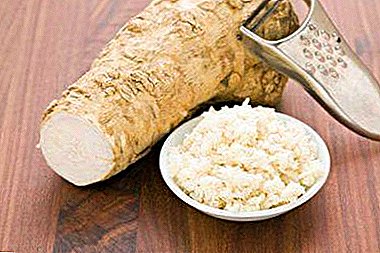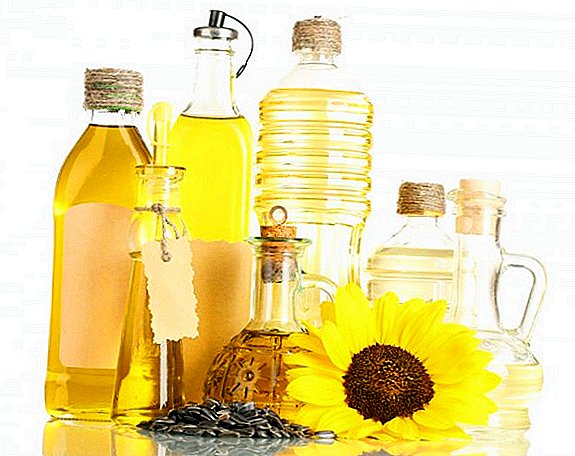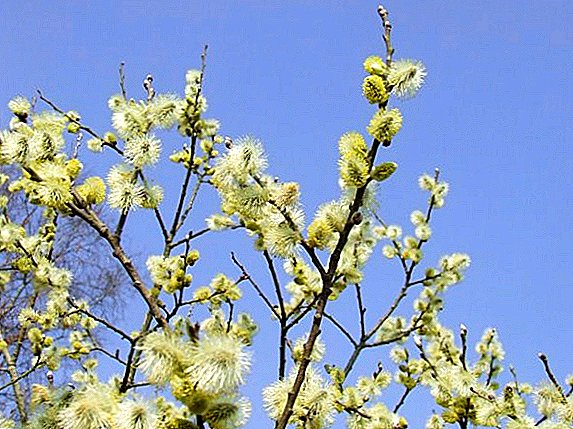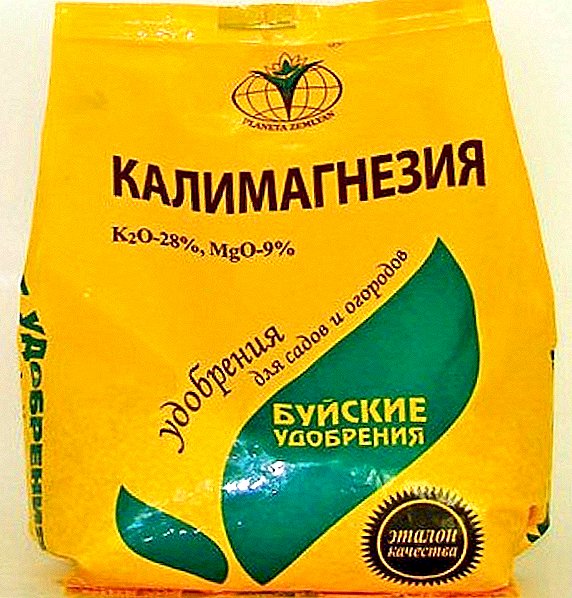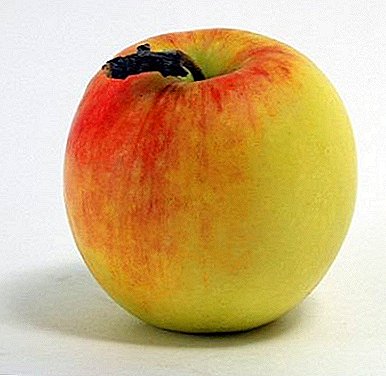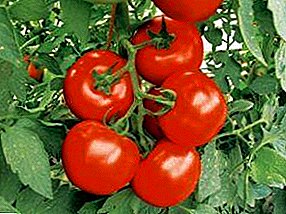
The process of growing tomatoes in a greenhouse has some peculiarities; if you take them into account, you can get an excellent result. Many gardeners are concerned about the question: planting tomatoes in a greenhouse made of polycarbonate, where to start?
Soil preparation
Soil preparation in the greenhouse under the tomatoes in the spring is a very important event, because with improperly prepared soil, the plants will not give a good harvest and will constantly hurt. It would be best if you remove the top layer of soil (about 10 cm), and the renewed soil for tomatoes in the greenhouse will be covered with blue vitriol (1 tablespoon per bucket of water). After this, it is necessary to ventilate the room.
Then you should dig up the last year's beds with humus and close the greenhouse before planting the tomatoes. Such processing before planting tomatoes is simply vital.
Important! Fresh manure as fertilizer can not be used!
Important! Cultures after which it is impossible to plant a tomato are all solanaceous: tomatoes, eggplants, peppers, physalis, and for example, after cucumbers and potatoes, on the contrary, are needed.
Due to poor frost resistance, tomatoes need to be planted on high ground. Rows, the height of which should be about 40 cm, need to be formed about 1.5 weeks before planting on them seedlings.
A photo
Below in the photo: planting in a greenhouse tomato.




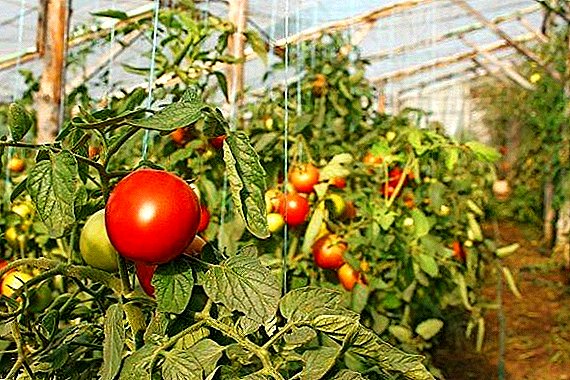
General landing rules
So, how do you plant tomatoes in a polycarbonate greenhouse correctly? The main thing is to follow a few simple rules.
- choice of the day;
A good day for landing is considered an overcast day. If the day is chosen sunny, it is better to plant in the late afternoon to reduce the stress from the hot sun. The soil when planting plants should be well warmed up.
- depth of landing;
The root should be completely in the ground, but the growth point should not be closed - it is about 15 cm deep, humus or other fertilizer will be well put in the grooves.
Before planting, remove yellow and cotyledon leaves at ground level. Need to consolidate the soil around the plant and sprinkle with primer. For the prevention of diseases such as phytophthora, each plant can be sprayed with chlorine dioxide (40 g of copper per bucket of water).
- watering.
After transplanting need plenty of water tomatoes under each bush. Further, it is better not to water the plants for a week, because otherwise the whole development will be spent on the growth of the stem. In the future, it is necessary to water the tomatoes rarely, but plentifully, best in the morning.
It is very important to choose a specific planting procedure tomatoes, depending on the varieties. And also decide which tomatoes to plant, when to plant and at what distance.
Tomatoes in a polycarbonate greenhouse: planting pattern
- two-row, then the width of the bed should be about 1.5 meters, and the length - as much as you like, given that the distance between the plants should be about 30-60 cm.
- chess - planting bushes in 2 rows, with an interval of about 50 cm, at a distance of 30-40 cm from each other with the formation of 2-3 stems. This scheme is suitable for short-growing early ripening varieties.
- chess order, but for tall species, every 60 cm with a distance of 75 cm between the rows.
Pictured below: tomatoes in the greenhouse planting scheme

Important! Planted in a greenhouse you need prepared seedlings. Preparation takes place by hardening - the removal of seedlings on the street during the warm time of the day for about 2 hours.
How to plant tomatoes in the greenhouse: the distance
Planting tomatoes has its own, specific algorithm. In order not to be mistaken in distance between plants, examine the packaging of seeds, planting in the ground will be described most accurately there. In any case, do not plant more often than 30 cm apart and no further than 80 cm. If the distance is too short, the tomatoes will wither away from nutrient deficiencies, and if the distance is far away, there will be a small crop and the fruits will grow and mature more slowly .
Landing in the greenhouse
For a better harvest, it is necessary to take into account not only the placement of tomatoes, but also the correct date for planting tomatoes. First of all, you need to wait for the most constant warm weather.
- plants can be planted in a heated greenhouse from April 29;
- in an unheated greenhouse, but with a double film layer - from May 5;
- in the unheated and not warmed greenhouse - since May 20;
- in an open ground, but with a film covering - since May 25.
Air temperature, on average, when planting in a greenhouse should be around 25 ° C.
Which greenhouse to choose?
Not an unimportant factor in improving the yield is the material from which your greenhouse is made.
Now the more popular coating materials are plastic film and polycarbonate.
Polycarbonate - The material is not cheap, but durable and does not immediately wear out, unlike the film. Although it perfectly protects plants from ultraviolet radiation, it is more suitable for heated winter greenhouses because of its thermal insulation properties, but for summer greenhouses polycarbonate is not really needed and will not pay off.
And the temperature in such facilities will be simply unbearable for plants on hot days, and even the vents will not help. You will also have to warm the soil in the greenhouse for the winter, otherwise it will freeze.
Have film coating There are significant advantages over polycarbonate.
- it is easier to cover the greenhouse with a film, and in case of a breakthrough it is easy to replace;
- in winter, since the film is removed, you should not think about covering the soil, snow drifts will cope well with warming;
- film is a cheap material, although it quickly deteriorates.
Principled difference between these two materials- harvest fees, in a polycarbonate greenhouse it is possible to plant tomatoes earlier and several times earlier, and therefore it is possible to harvest more often.
Finally
Growing tomatoes is not an easy task even for experienced gardeners, planting tomatoes in a greenhouse requires a competent approach. However, if you follow the basic rules and tips, you can get a good result even for a beginner.



